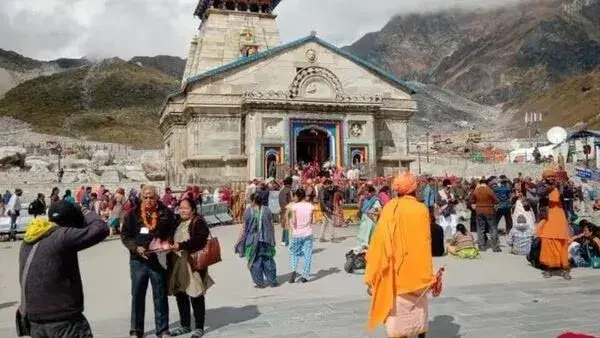Pilgrim Monitoring System for Himalayan Holy Sites Linked to Ayushman Bharat Digital Mission
Pilgrims visiting the Himalayan holy sites, including Yamunotri, Gangotri, Kedarnath, and Badrinath (collectively known as the Chardham), will soon benefit from a new technology ecosystem aimed at protecting them from ailments associated with high altitudes and extreme cold. The Centre and the Uttarakhand government are collaborating to integrate this system with the Ayushman Bharat Digital Mission (ABDM). The “pilgrim monitoring system” will create an Ayushman Bharat Health Account (ABHA) ID for each pilgrim. This digital ID will make health records easily accessible to doctors in case of emergencies, allowing for quicker and more effective treatment. This initiative comes in response to the rising number of pilgrims and the associated health risks, including low blood pressure, heart attacks, altitude sickness, and cold-related illnesses. To further enhance safety, the Uttarakhand government will provide pilgrims with wearable IoT devices and GPS trackers. These tools will help identify any morbidities early, allowing for proactive health measures. The system will be supported by LEHS WISH, an NGO focused on improving primary healthcare through innovation. They are developing a centralized, ABDM-enabled platform to ensure accurate and timely digital health records for pilgrims. The Uttarakhand government has also initiated a registration process for the Chardham Yatra, which includes creating an ABHA ID for all pilgrims. This digital health ID will facilitate the authentication, access, and management of health records, as well as hospital and doctor appointments, reducing the need for lengthy registration queues at healthcare facilities. The “E-Swasthya Dham” program, which is already operational with ABHA creation and verification functionalities, is being integrated with health records to further streamline the process. As of last week, over 967,000 pilgrims had embarked on the Char Dham pilgrimage.

